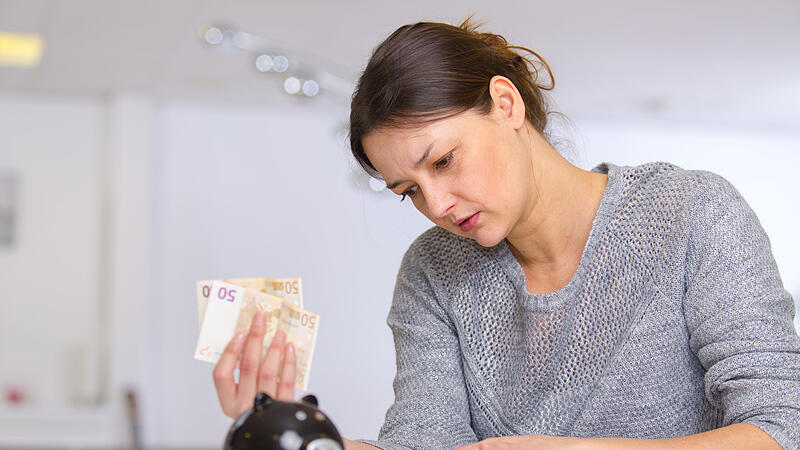Image: Colourbox
The labor force participation of women is high, but so is the part-time rate. The latter is also above the EU average. The so-called gender pay gap – which compares the average gross hourly earnings of women and men in the private sector – fell from 23.5 percent to 18.8 percent between 2011 and 2021. The EU average is 12.7 percent.
According to Statistics Austria, around a third of the high wage gap in Austria is due to gender-specific differences in the labor market. Part of this can be explained by the fact that women are more likely to work in lower-paying service jobs and sectors with lower earning potential, while men are more likely to be found in higher-paying technical jobs and managerial positions. Differences in working hours are already taken into account through the use of hourly earnings – part-time work is also paid less per hour on average, which affects women more than men. In addition, women are on average less employed in the company. It is by no means due to poorer qualifications: according to the level of education, women should already earn more than men in purely mathematical terms, emphasizes Statistics Austria.
79 percent of all part-time employees are women
The employment rate of women is high in Austria – but so is the part-time rate, which has recently been hotly debated politically in the wake of the labor shortage. The employment rate of 15 to 64-year-old women in Austria in 2021 was 68.1 percent (men 76.7 percent) above the EU average of 63.4 percent (men 73.3 percent). Austria had a share of 49.6 percent (men 11.6 percent) of women working part-time, meaning that 79 percent of all part-time employees were women. On average in the EU, the part-time rate for women in 2021 was only 29.5 percent (men 9.3 percent).
balancing act between childcare duties and gainful employment
The reason for the high rate of part-time work is probably primarily due to childcare obligations, for which women still seem to feel primarily responsible: For women with children under the age of 15, part-time employment was the dominant form of gainful employment, explained Statistics Austria. In 2021, the part-time rate for 25 to 49-year-old women with children under the age of 15 was 72.8 percent. The part-time rate for men with children under the age of 15, on the other hand, was only 6.8 percent.
The differences in working life are also reflected in the pensions: According to data from the umbrella organization of social security institutions in 2021, the average old-age pension for women was EUR 1,264 and for men EUR 2,164. In 2021, the average age of starting private pensions was 59.9 for women and 61.9 for men.
Financial risks hit women harder
Retired women and single parents are more affected by financial risks. According to the EU-SILC 2021 survey on income and living conditions, 26 percent of pensioners living alone were at risk of poverty, but only 15 percent of pensioners living alone. And single parents – these are almost exclusively women with children – have the highest risk of poverty of all household types at 36 percent.
Single parents are also one of the groups most affected by the current crisis: According to the survey on the social consequences of the crisis, 34 percent of single parents stated in the third quarter of 2022 that they had difficulty making ends meet (total population between the ages of 16 and 69: 16.3 percent ). More than 45 percent of single parents stated that they would have difficulties paying housing costs (such as rent, home loans, operating costs and energy) in the next three months.
more from economy




